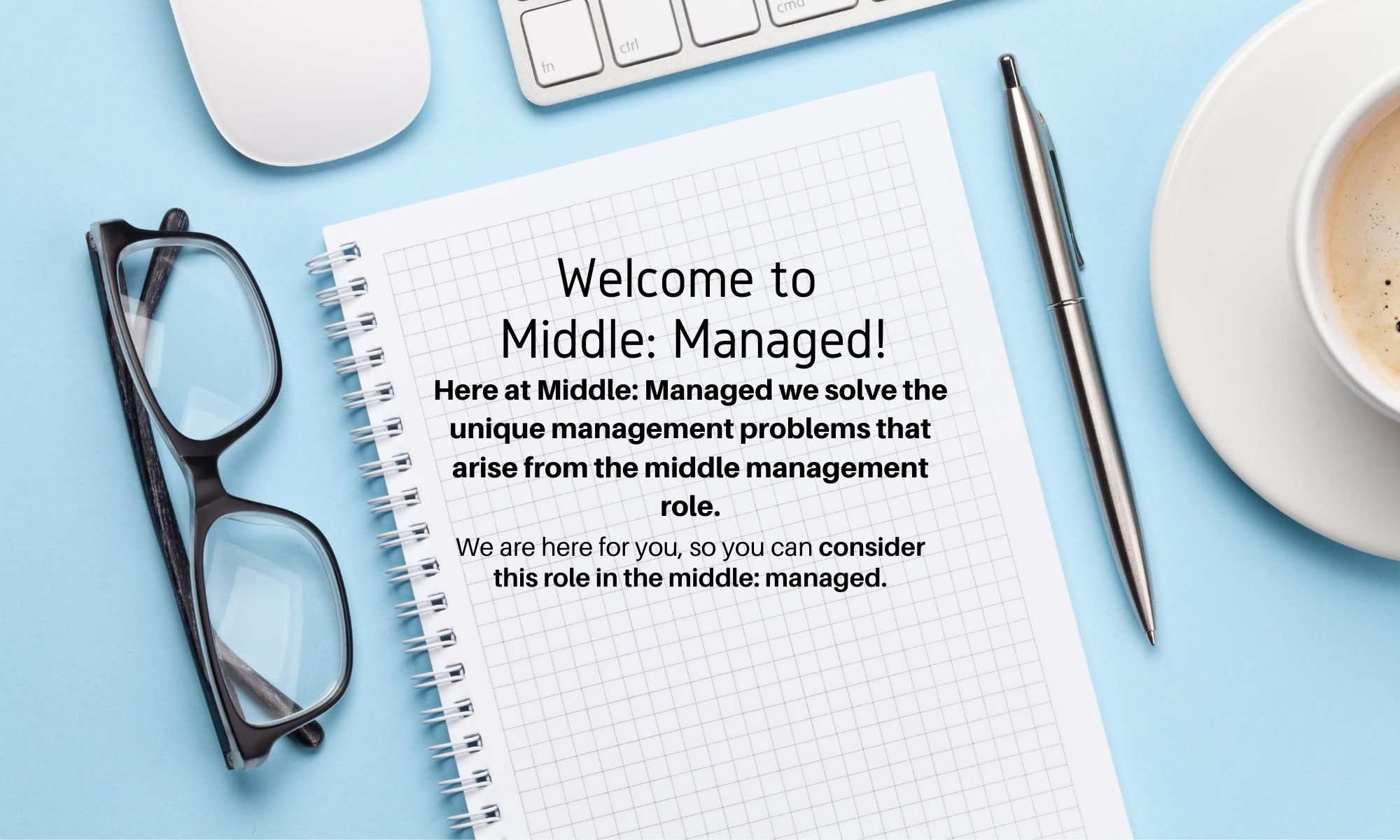How do you organize and run a meeting that everyone will actually attend thinking that this matters if they are present and it is worth their valuable time?
It is a constant struggle of time management to complete work and attend all of the meetings that seemingly clog up our work calendars.
Imagine, people will attend your meeting with a sense of purpose and not make excuses not to come. It is not a dream, this can occur. Read on to find out how to structure a formal and informal meeting.
The first step is for you to organize your thoughts and prepare for a get together. People will sense immediately if there is no clear purpose to the meeting and will find themselves busy answering emails on their phone.
Below are the steps to follow to have a structured and organized meeting with a clear purpose, agenda, and contain subject matter that the attendees care about.
Determine the outcome for the meeting
Is the purpose of this meeting primarily information gathering, sharing, or decision making?
Ensure that you send out documents that need to be read or approved ahead of time
Send an agenda for the meeting
Depending on the formality of the meeting, it may require a written agenda. For informal meetings, there should still be a structure. Create a structure by jotting some points down regarding your desired outcome. For example, write a list of questions that you need answered.
Tip for formal agendas:
Write the time that each agenda item should take on it. This agenda should be circulated by you prior to the meeting. Each agenda item should have a time assigned to it that does not exceed the duration of the meeting.
Be aware of your organizational norms. If the beginning of meetings is always for small talk, ensure that you incorporate that in your plan for assigning time in the agenda. Meetings do not always start on time if back to back meetings are a routine occurrence at your organization. Plan your time wisely.
Essentially, do not have sixty minutes worth of agenda items for the sixty minute meeting.
Start the meeting with a purpose statement
A purpose statement for the meeting should have also been included in your email invite. For instance, “the purpose of this meeting is to make a final decision on the upcoming X project”
A clear reason as to why the meeting is taking place in the invitation will also help ensure that the right decision makers are at the table. This is especially important since often they are juggling multiple requests for their time.
Focus on the objectives and goals of the meeting. It’s great to let the conversation between attendees occur because that is how great ideas form. Opportunities for questions or potential issues that you may not have thought of will occur. You will still need to provide guidance as to the direction of the conversation. For instance, bringing it gently back on track by asking a question that relates more to the objectives. As an example, “So I think I have heard that people are in agreement on X, is that correct?”
Refer to your notes or official agenda to ensure times are correct and that objectives are on track.
Have a summary of the meeting
This should include the verbal outcome of the information gathering, sharing, or decision made. If there is agreement that additional information is required as part of a follow-up meeting – schedule the next meeting before everyone leaves. Pull up your company’s scheduler and put a meeting in the calendar. You should summarize the meeting quickly, even if no formal minutes are required. Putting this information in the body of the next meeting invitation will suffice.
For example, “We met today to discuss the staff appreciation lunch that is coming up to celebrate the fourth quarter results. We agreed on May 28th, but there were concerns about the dietary restrictions on the team. Robert will check with the caterer about a few additional options. I am putting this meeting in your calendar to get back together to finalize a decision with this additional information.”
Essentially, if there is a summary, attendees will immediately feel that something valuable occurred in the meeting and they will be satisfied that they attended.
As a tip, if formal minutes are required, they should go out at least two days prior to the next meeting. Sometimes people forget that they were responsible for a deliverable or finding out additional information.
This is a great way to remind them and it allows them to find out again. Two days in advance is a good automatic way to remind someone that they have to provide something for a meeting.
Organizing a meeting that everyone finds valuable will get easier with practice. Just ensure that you always have a purpose and a clear desired outcome.

